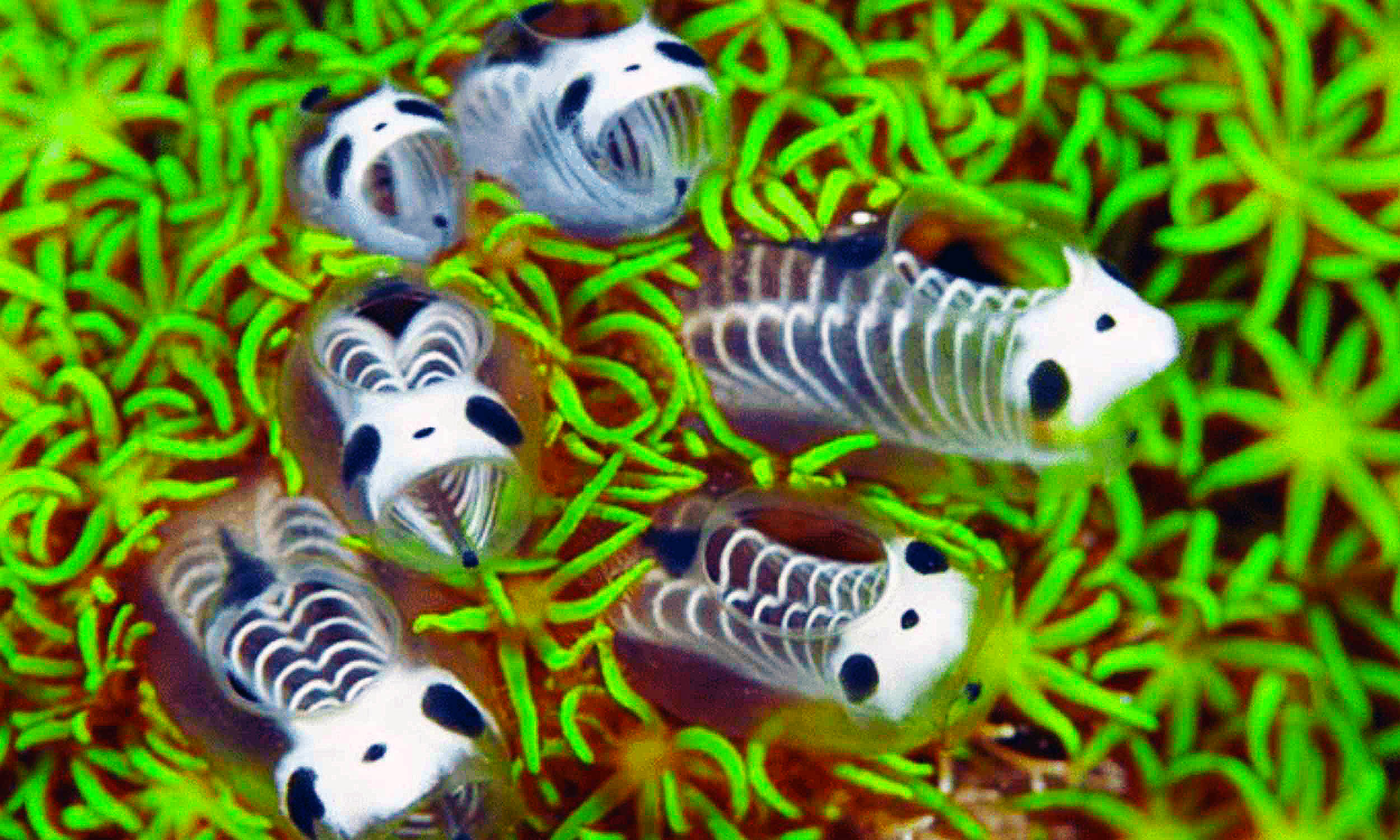Discovering a New Species: The Skeleton Panda of the Sea










2025-07-19T00:19:38Z

Imagine discovering a creature so unique that it looks like an animated panda dressed for a Halloween party under the sea. That's exactly what divers near Kumejima Island in Japan stumbled upon!
While exploring coral reefs, they didn’t find props but a real-life siphon-pumping organism boasting stark white stripes and eye-like spots, making it look like a miniaturized panda in a skeleton suit. The one-inch wonder took the diving world by storm, rapidly going viral on diver forums, and sparked a curiosity that led researchers to uncover an entirely new species.
Unveiling Clavelina ossipandae
The remarkable creature was identified as a new addition to the Clavelina genus, thanks to Naohiro Hasegawa from Hokkaido University. His team meticulously documented this organism, noting its uniqueness amongst other Clavelina species. What started as fascinating dive photos in 2017 turned into groundbreaking research, with independent images confirming the animal's presence across several reef patches.
To understand this peculiar creature, Hasegawa's team dived deeper—literally. They collected specimens using gentle techniques, preserving their delicate nature. Microscopic analysis revealed transverse white bars creating an illusion of bones, coupled with distinct black pigment patches on each zooid. This morphology set Clavelina ossipandae apart from its relatives, justifying its new species status.
Genetic Validation and Ecological Role
Genetic sequencing solidified the panda mimic's place in the Clavelina family tree. With its free-standing zooids, panda-like appearance, and unique genetic makeup, Clavelina ossipandae was confirmed as a new species. Beyond its genetic novelty, this sea squirt plays a crucial ecological role. As a filter feeder, it processes volumes of water much larger than itself, purifying the reefs and supporting biodiversity.
This discovery also shines a light on the power of citizen science. Thanks to divers armed with high-resolution cameras, what were once casual snapshots became vital scientific evidence. The involvement of amateur divers and online communities accelerates scientific discovery, highlighting hidden biodiversity in familiar places like Kumejima, a hotspot for snorkelers.
Moreover, the study of Clavelina ossipandae emphasizes the importance of conserving lesser-known species that contribute to the intricate tapestry of reef ecosystems. While its vivid patterns might puzzle scientists regarding their evolutionary purpose, they undoubtedly inspire a deeper appreciation of nature's mysteries.
 Malik Johnson
Malik Johnson
Source of the news: Earth.com